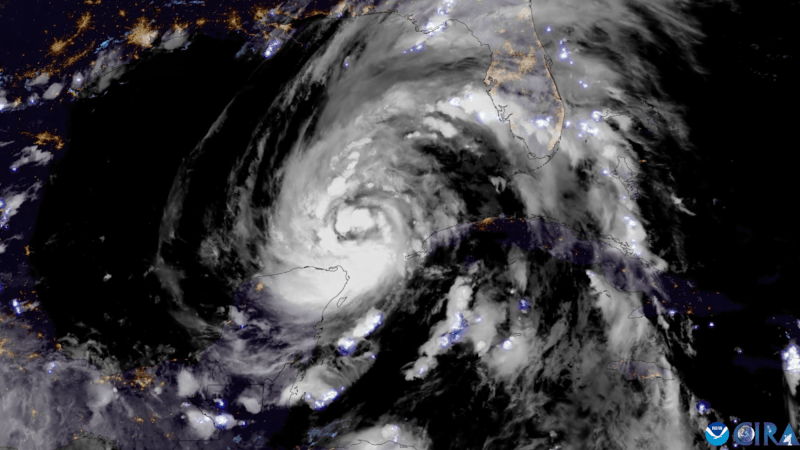NASA
The latest on the US space agency's crafts, missions, and discoveries—from low-Earth orbit to deep space.
Latest in NASA

Technology
The 50 greatest innovations of 2024

Environment
The latest on the US space agency's crafts, missions, and discoveries—from low-Earth orbit to deep space.
Breakthroughs, discoveries, and DIY tips sent every weekday.
By signing up you agree to our Terms of Service and Privacy Policy.